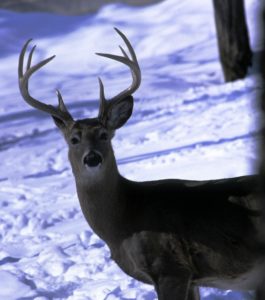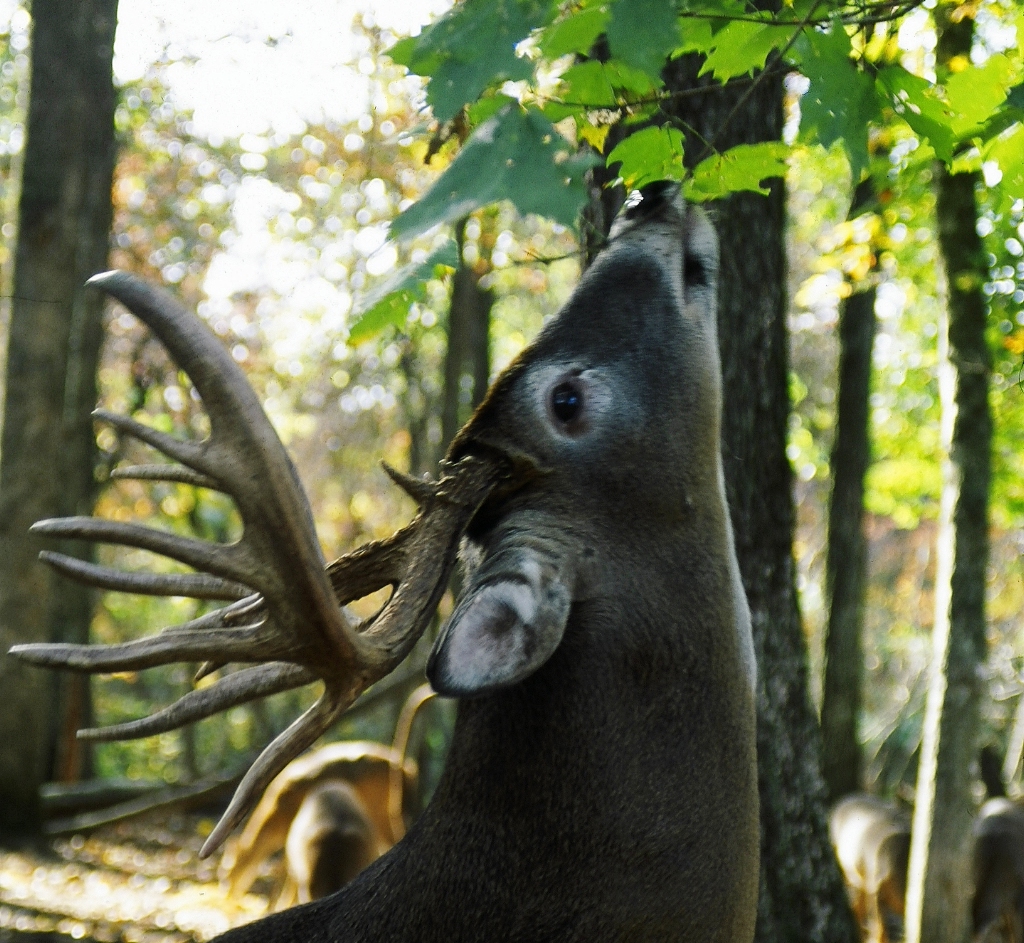When hunting season arrives, so does the deer bologna, and I’m not talking about the kind you eat. The great book of deer hunting mythology, if one existed, would fill a terabyte of memory, maybe two and this post from the Realtree website cuts through that malarky like a surgeon’s scalpel. For most of us, deer hunting is a pastime, hobby, or even a passion, yet other make whitetail deer behavior their life’s work, becoming a deer biologist in college and even receiving a PHd in the specialty. Certainly, the layman can learn important hunting strategies and techniques by observing deer, yet deer scientists often use controlled studies and scientific methods to learn about whitetail deer and their habits. Whitetail deer and the hunting industry can have a huge economic impact on a state or region such that major universities create controlled (fenced) deer areas so that whitetails can be studied at all times of the year. Animals are observed going about their business of being deer including movement patterns, breeding preferences, range of motion, dominance, lactation, nutrition, and a host of other attributes are studied and evaluated. The advent of trail camera technology has also become a huge research tool and allows scientists to capture images and video of deer exhibiting specific behaviors in wild habitats, including predation which previously could not be monitored in controlled deer environments. The proliferation of the coyote population is of particular concern and is changing the beliefs and philosophies of some whitetail programs, due to the impact of the animals.

This post from the Realtree website can be immediately helpful and my last deer is a perfect example. Dr. Mickey Hellickson, deer biologist at the King Ranch in Texas believes that more mature bucks have a smaller home range than younger deer. Last week, I was hunting in the Great Plains and watched a dandy buck run past my bow stand with its nose to the ground. Another day, I may have moved to head off or relocate the buck, yet armed with this knowledge, I stuck out the stand for the entire day. Thankfully, after hours in the bitter cold, the buck returned and fell to my crossbow arrow. Deer theory is one thing… science is another.
Gather a group of hard-core deer hunters as the rut approaches, and what do you see? People sharing trail-camera photos, estimating ages, measuring antlers, talking about new bows and discussing rifle ballistics. Gather a group of deer biologists as the rut approaches, and what do you see? People sharing trail-camera photos, estimating ages, measuring antlers, talking about new bows and discussing rifle ballistics.
For some, the phrase “deer biologist” may bring to mind a professor in a lab coat, but the truth is most of the nation’s deer biologists chose their career because they are enthusiastic deer hunters. The research questions they raise usually come from their passion for the pursuit of mature whitetails and their desire to learn more about managing North America’s greatest game species for the benefit of hunting.



















![The Best Deer Camp Chili [VIDEO] Deer Chili Ingredients, Tomatoes, Chili Spices](/wp-content/uploads/2015/10/Deer-Chili-Deer-Camp-Recipe-218x150.jpg)
![How to Call Elk Early in the Season [VIDEO]](/wp-content/uploads/2016/08/byers003-218x150.jpg)




![Idiots Disturb Hunter: How Would You Have Handled It? [VIDEO]](/wp-content/uploads/2015/10/DSC00110-e1474487693878-100x70.jpg)
![Albino Buck Shocked to Shed His Antlers [VIDEO]](/wp-content/uploads/2015/10/AlbinoDeer-100x70.jpg)